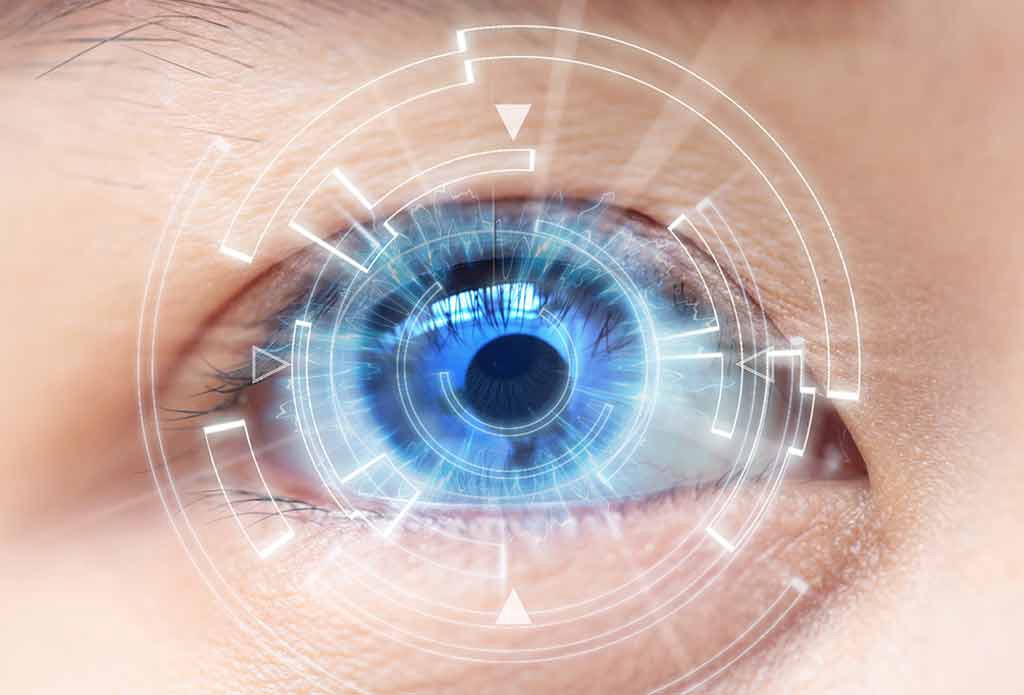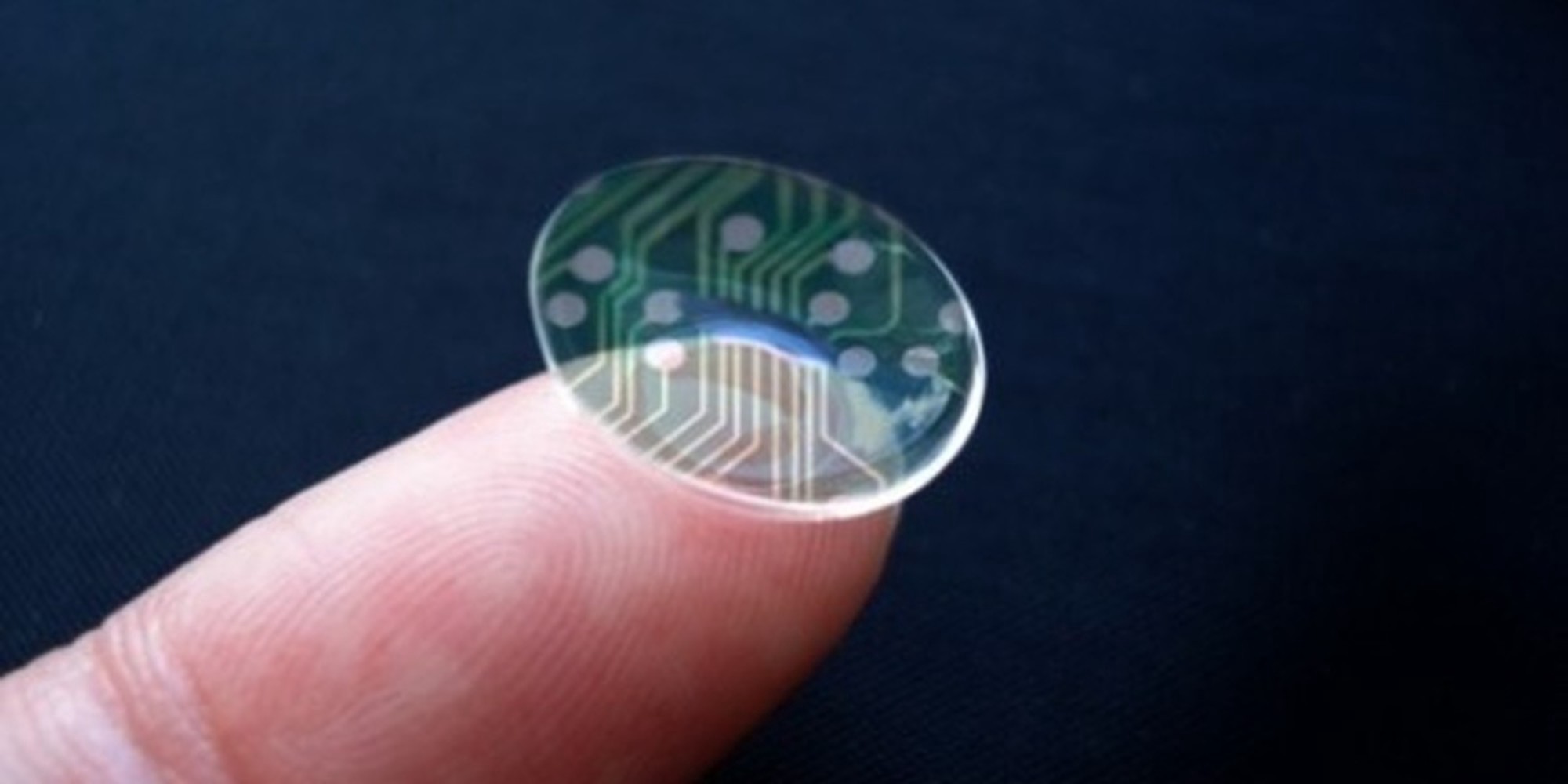Online Reflection, Week 12: Human Computer Interaction
 https://www.eyedesignoptometry.com/wp-content/uploads/2017/03/bionic-lens-update-2017.jpg
https://www.eyedesignoptometry.com/wp-content/uploads/2017/03/bionic-lens-update-2017.jpg
What Are Bionic Lenses?
The Bionic Lens is an intraocular medical device lens, a group of lenses which are surgically inserted into a patient?s eye, that claims to be a quick painless surgical procedure that provides up to three times better vision, in comparison to what is said to be perfect eyesight. In an interview, optometrist and CEO of Ocumetics, Dr. Gareth Webb, said, ?This is vision enhancement that the world has never seen before.?
? The thing that we developed the Bionic Lens to in its default mode to make our lives function better than the normal realm in their augmented capacity, they allow for us to integrate seamlessly with the entire digital world now as computer science develops and now technology develops the scope of which we can integrate, along the visual pathway increases as well. My humble perception is that us human beings will be the centre of artificial intelligence activity.? ? Dr. Webb (13:44)
https://www.youtube.com/watch?time_continue=861&v=7uS3y1N7T14
When was it first made available?
Currently in the midst of testing its Bionic Lens. According to Ocumetics? website, the Bionic Lens is implanted in your eye during an eight-minute painless procedure. The operation is reportedly similar to cataract surgery, where the lens inside your eye is removed and replaced with an artificial lens. It?s an outpatient procedure that doesn?t require any anesthesia or an overnight stay.
The bionic lens is actually folded like a taco and placed in the eye using a syringe filled with a saline solution. Then, in about 10 seconds, the bionic lens unravels over your eye by itself and your sight is ?immediately corrected.?
The first Ocumetics Bionic Lens is not available yet but could be available by 2017, but it will only be an option for people over the age of 25 since eye structures aren?t fully formed until that age.
 Photo by David Travis on Unsplash
Photo by David Travis on Unsplash
Who is responsible for creating it?
An optometrist from British Columbia, also the founder and CEO of Ocumetics Technology Corporation, Dr. Garth Webb, believes inventing the holy grail of corrective lenses where the device lens that lets you see ?three times better than 20/20 vision? to eliminate glasses and contact lenses for an entire lifetime. Dr.Webb and his team of visual scientists have invented the Bionic Lens in which the product took 8 years of research with $3 million in funding. As stated by the company, ?If you can barely see a clock when it is 10 feet away, with the Bionic Lens you can see the clock at 30 feet.?
Bionic Lens isn?t a magic bullet, its a darn good tool now?we can have a projection system installed within the eye and upgrade it at anytime that we want that it?s capable of projecting images out in aerial space? instead of looking at my phone or saying i can?t see the print very well or don?t have the desire to grab my pocket and fiddle with it, you can actually tell your mainframe computer which will either be your watch or your headband where the microchips will be stored and you can say that you would like to see a computer face please, and it will generate from with inside the eye and if you got all the apps and service your eyes your phone provide you today. ? Dr. Webb (11:49)
 https://higherperspective-img.rbl.ms/simage/https%3A%2F%2Fassets.rbl.ms%2F3746089%2F1200x600.jpg/2000%2C2000/O0SAcfcn8hrh9yVx/img.jpg
https://higherperspective-img.rbl.ms/simage/https%3A%2F%2Fassets.rbl.ms%2F3746089%2F1200x600.jpg/2000%2C2000/O0SAcfcn8hrh9yVx/img.jpg
What inspired it/what is it based on?
Dr. Webb wanted to take away the discomfort of contact lenses and glasses and negating side effects such as risk of cataract from Lasik. Since his patients were all commonly received cataract surgery, he envision the idea to help any patients achieve their visual goals by getting rid of glasses and contact lens forever.
Earlier lenses that were inserted into humans to treat nearsighted vision sometimes led to decay and deterioration of the eyes and resulted in a low quality of vision, over time. Also, due to toxicity issues, there was, sometimes, irreparable damage done to the endothelial cells (which is like the blood vessel) of the eyes. However, with many years of research and test, Ocumetric found an biocompatible materials that do not cause any such harm, and profess to solve, in a single shot, conditions such as myopia, farsightedness, astigmatism, presbyopia, etc. Since it requires just 1/100th of the energy compared to previous models, there is also no strain on the eyes while the user is concentrating.
Dr. Webb showed off his bionic lens to 14 top ophthalmologists in mid-April during a conference dedicated to cataracts and refractive surgery. He said the surgeons were impressed, and some will assist in future clinical trials. The bionic lens will first be tested on animals and then blind human eyes before Webb seeks regulatory approval in Canada and other various countries.
As technology is advancing and we are becoming part of digital lifestyle, he suggested that over time, the Bionic Lens could be upgraded to include additional functions, such as projecting your smartphone?s screen, or sharing your perspective with another person who also has a Bionic Lens installed.
In what ways does it relate to the readings this week? Be sure to include specific examples and quotations where possible.
In the article ?Human Computer Interaction? taken from The Encyclopedia of Human-Computer Interaction, 2nd Ed (page 18 section 2.4), mentions the focus of HCI has moved beyond the desktop, and its focus will continue to move. HCI is a technology area, and it is driven to frontiers of technology and application possibility. The special value and contribution of HCI is that it will investigate, develop, and harness those new areas of possibility not merely as technologies or designs, but as means for enhancing human activity and experience.
In this case, even though Bionic Lens is still in its process of launching its first product, and through almost a decade of research and seeking approval, the idea of this invention will definitely change how we see the world and enhance what might be up next for the human to computer activity and experience in the future.
What can we learn from this particular product or service? What are the potential design implications and opportunities?
We can learn that Bionic Lens could be the next replacement for Lasik and other eye surgeries. Not only it can help enhance to those with horrible eyesight, it is the next future?s digital lifestyle that we can interact with one another for everyday purposes and possibly entertainment. However, advancements is still in its work. So we will definitely keep an eye for it.
Sources:
https://www.eyedesignoptometry.com/bionic-lens/
https://futurism.com/tesla-model-3-get-smart-air-suspension-2018
https://www.evolving-science.com/information-communication-computer-science-technology/bionic-lens-could-give-you-superhuman-vision-00446
https://www.businessinsider.com/ocumetics-bionic-lens-perfect-vision-at-every-age-2015-5
https://www.researchgate.net/publication/312284285_Innovative_developments_in_HCI_and_future_trends


